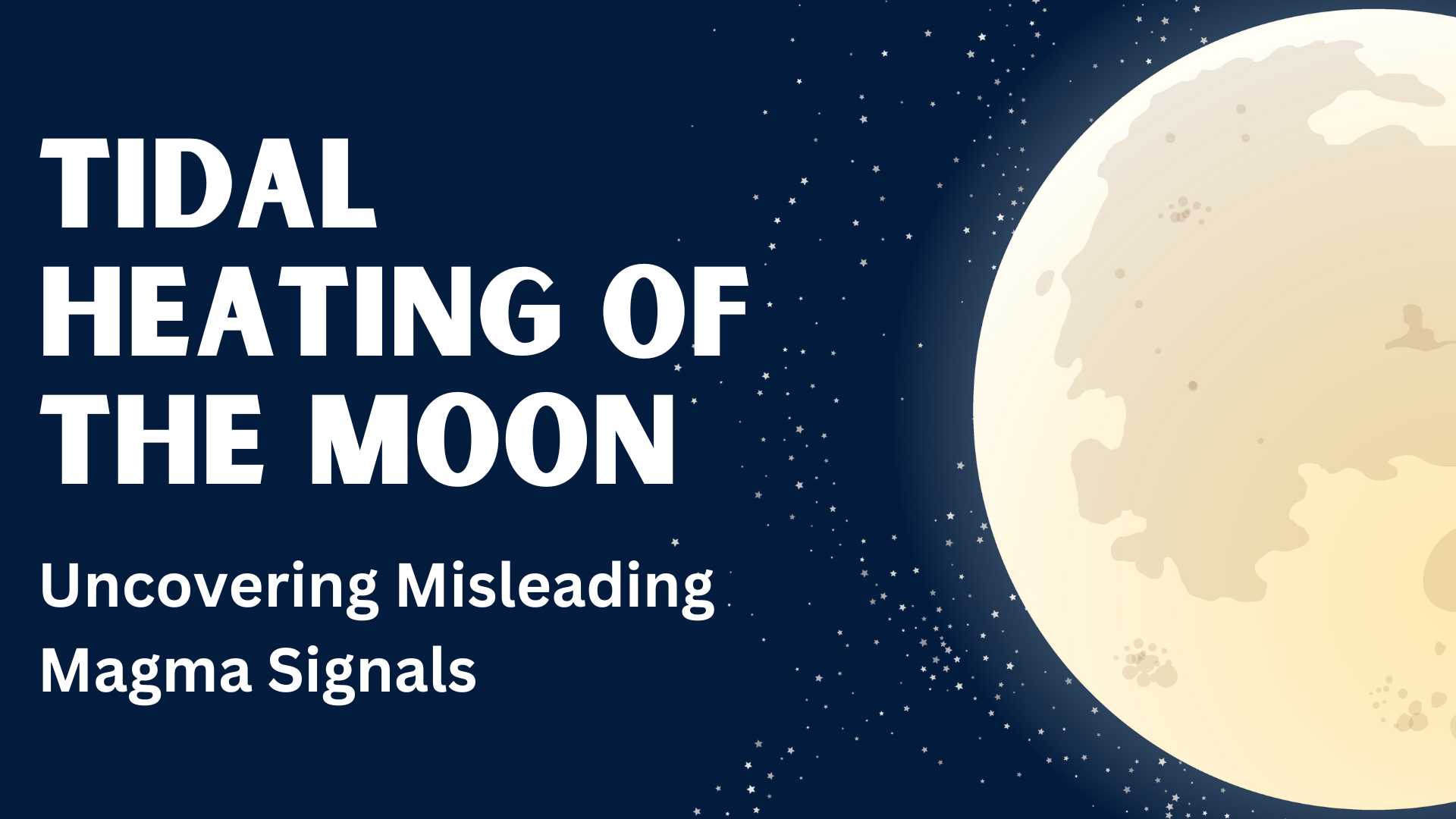We suggest the geology enthusiasts to read this post in order to get information on this latest breakthrough about Tidal Heating of the Moon: Uncovering Misleading Magma Signals.
Tidal Heating of the Moon
The process known as Tidal Heating of the Moon has caused the Moon’s surface to reheat after formation. In terms of its age, this has deceived scientists. Additionally, the amount of impact craters seen does not match the Moon’s youthful age; there ought to have been more.

Based on the examination of rocks recovered from the lunar surface, it was created by a planet the size of Mars colliding with an early Earth around 4.35 billion years ago. If you want to understand more about Tidal Heating of the Moon and Uncovering Misleading Magma Signals by geologists then keep reading this page.
More Details: Get Here
What is Tidal Heating?
The phenomenon of tidal heating occurs when internal friction brought on by the gravitational pull of two astronomical bodies results in extremely high temperatures. Both the ocean’s surface and a planet or moon’s interior can experience tidal heating.
Tidal heating of the moon is the process by which the gravitational pull of a planet causes the temperature of the moon’s interior to rise. The moon undergoes this process as it deforms during its orbit around the planet, producing heat and friction. An elliptical orbit may eventually degrade into a circular orbit due to tidal heating.
Uncovering Misleading Magma Signals
The final massive impact in the history of our planet is believed to have created the Moon when the early Earth collided with a protoplanet the size of Mars. The age of the Moon has been calculated to be around 4.35 billion years old based on dating lunar-rock samples that are thought to have crystallized from the lunar lava ocean that existed after impact.
The Moon’s actual age was concealed by reheating the whole surface after creation, according to a team of academics who now think they have the answer to the puzzle. Not every spot on the Moon’s surface was unaffected by the presence of a magma ocean.
In the Moon’s early history, when it was closer to Earth, the tidal heating impact was probably more noticeable. The Moon’s orbit would have been unstable during some of its early years, allowing it to encounter strong tidal pressures from Earth that would have resulted in large-scale heating episodes and fundamentally changed the Moon’s geology, according to the most recent simulations.
More intricate models that further our knowledge of how tidal heating could have reset the Moon’s geological clock will be used in the next round of study. The Moon’s actual age should become clearer with this and other lunar samples from upcoming expeditions.
Final Discussion
Future missions are anticipated to contribute to the ongoing evolution of our understanding of the Moon’s geological past. Future sample return missions like ISRO’s Chandrayaan-4 are anticipated to provide more insights into the Moon’s geological past, as would the samples returned by the Chang’e-6 mission to the lunar far side.
Renowned geologist Francis Nimmo claims that As additional information becomes available, especially from current and upcoming lunar missions, our knowledge of the Moon’s history will keep developing. We anticipate that our research will lead to more debate and investigation, which will ultimately provide a more comprehensive understanding of the Moon’s role in the solar system’s larger history.
Thanks a lot for reading out this post and finding all the relevant details on Tidal Heating of the Moon, we hope you would have found this article informative.